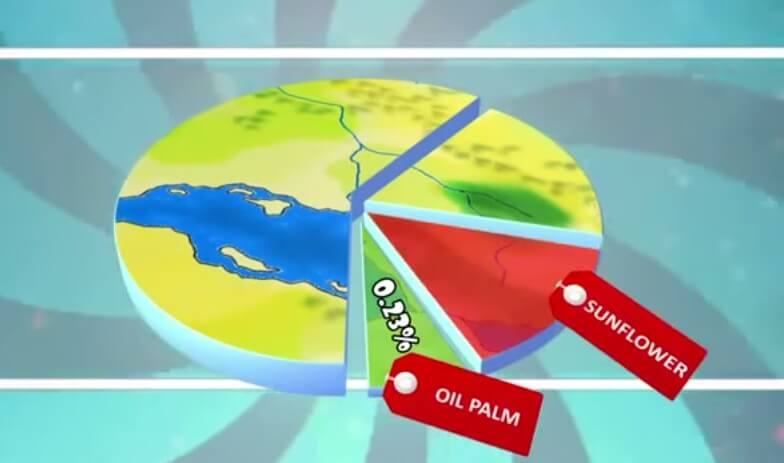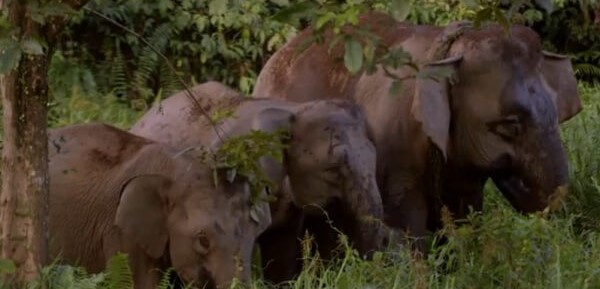With almost six million hectares of land planted with oil palm, the palm oil industry plays a major role in contributing towards Malaysian revenue. In 2018, more than RM 68 billion was generated by the oil palm industry (MPOC Europe, 2020). The industry also supported more than two million people, directly and indirectly, for their livelihood (MPOC, 2019).
The six million hectares of oil palm plantation represents 17% of total Malaysian land mass. At the same time, Malaysia still maintains 53% of its land, under forest. Malaysia is one of the megadiverse countries in the world. There are 306 species of mammals, 742 species of birds, 567 species of reptiles, 242 species of amphibians and more than 150,000 species of invertebrates in Malaysia (Ministry of Natural Resources and Environment of Malaysia, 2015).
The richness of Malaysian biodiversity is not limited only to the forest. Many species of wildlife have been spotted and recorded within the oil palm plantations. This article focuses on bird diversity in an oil palm plantation landscape. A study by Azhar et al., (2013) recorded 163 species of birds in oil palm plantations. This account for 22% of all bird species which is the highest recorded in Malaysia. Another study in oil palm plantations by Jambari et al., (2012) recorded 72 species while a similar study in Sarawak recorded 42 species (Amit et al., 2014).
Birds play an important role in an ecosystem because they have significant effects on vertebrates (Kross et al., 2018), herbivorous insects and plants (Mäntylä et al., 2011). They provide important ecosystem services such as pest control (Karp et al., 2013), seed dispersal and pollination (Sekercioglu et al., 2016).





